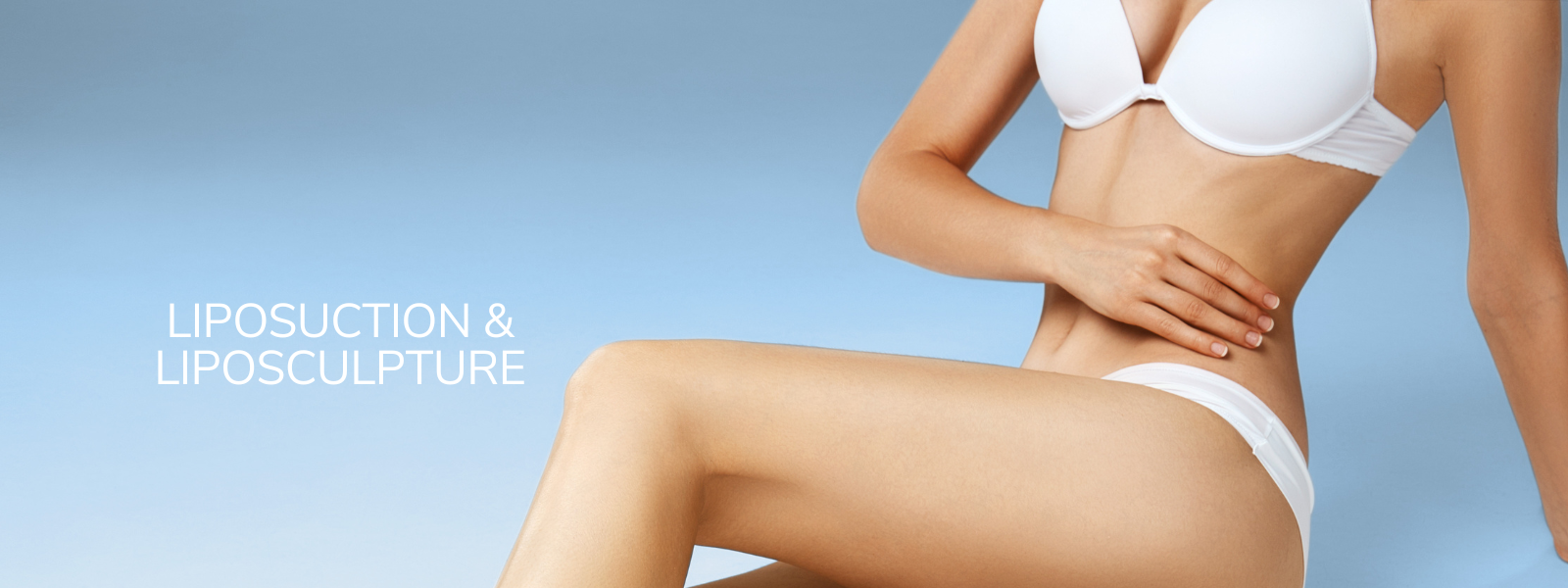
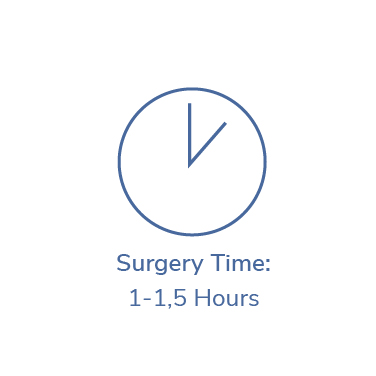

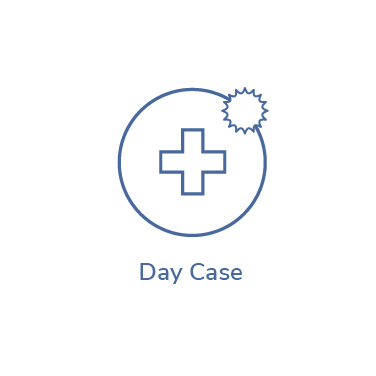



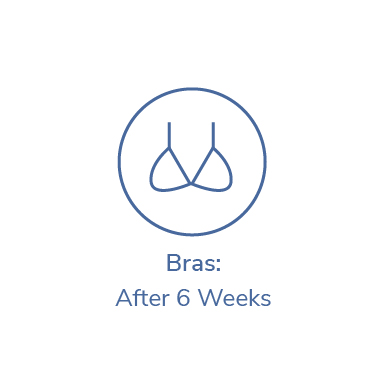
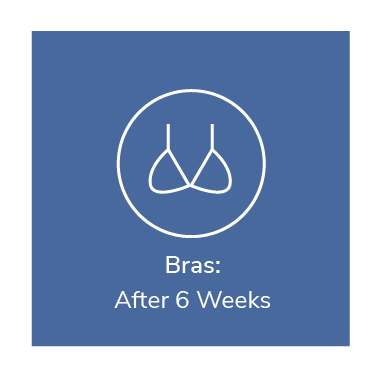



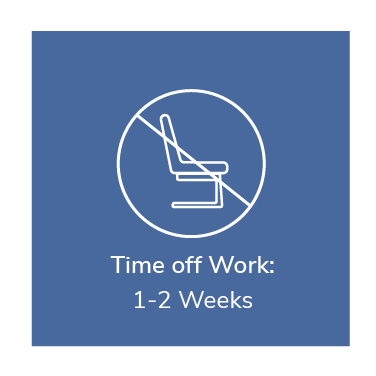
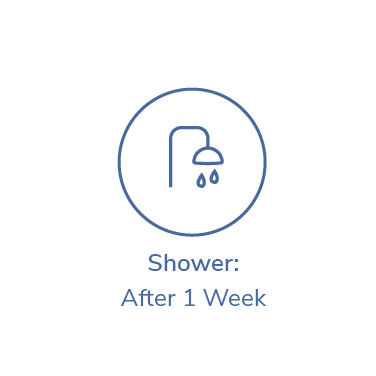
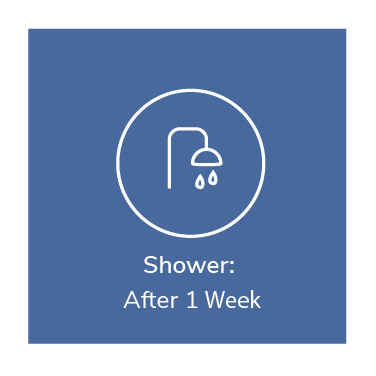
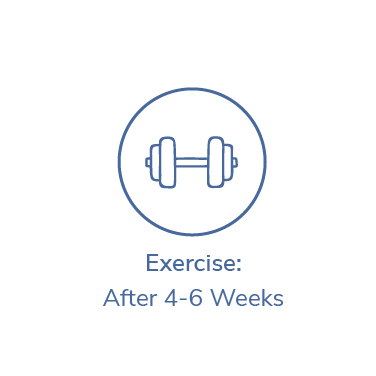
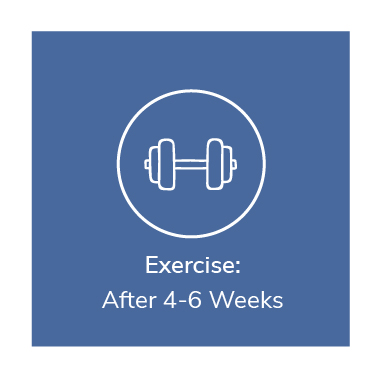

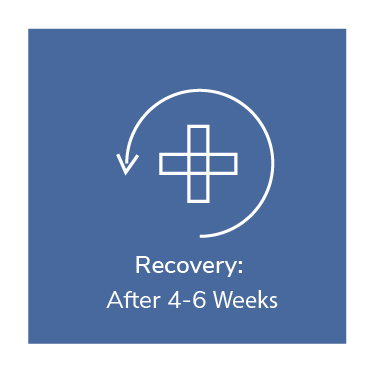
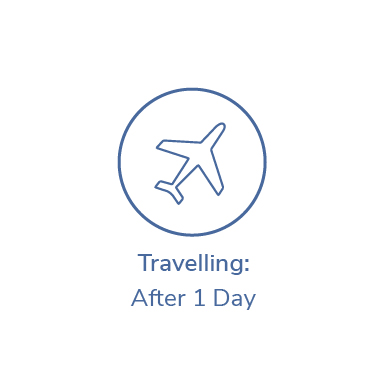

WHAT IS A Liposuction?
Liposuction is a surgical procedure that aims to remove excess fat deposits from specific areas of the body to improve body contour and achieve a more proportionate shape. It is also referred to as liposculpture or suction-assisted lipectomy.
Liposculpture is a term often used interchangeably with liposuction, as both procedures involve the removal of excess fat from specific areas of the body. Liposculpture, however, typically refers to a more targeted and precise approach to fat removal, with the goal of creating sculpted and contoured body contours.
The main difference between liposuction and liposculpture lies in the technique and artistic approach employed by the surgeon. Liposculpture involves carefully removing fat from specific areas while strategically reshaping and sculpting the body to enhance natural curves and contours. It focuses not only on fat removal but also on creating aesthetically pleasing proportions and definition.
When preparing for liposuction or liposculpture surgery, candidates can take several steps to ensure a smooth and successful procedure. Here are some common preparations:
Consultation with a Plastic Surgeon: Schedule a consultation with a qualified plastic surgeon who specializes in liposuction or liposculpture. During the consultation, discuss your goals, medical history, and any concerns or questions you may have. The surgeon will assess your suitability for the procedure and provide personalized recommendations.
Medical Evaluation: Your surgeon may require a medical evaluation to assess your overall health and determine if you are a suitable candidate for the procedure. This may involve reviewing your medical history, conducting physical examinations, and performing necessary laboratory tests.
Communication with Your Surgeon: Communicate openly with your surgeon and provide them with accurate and complete information about your medical history, including any current medications, allergies, or pre-existing conditions. It is important to disclose all relevant information to ensure your safety and the success of the procedure.
Quit Smoking: If you are a smoker, it is strongly recommended to quit smoking well in advance of the surgery. Smoking can increase the risk of complications, impair healing, and negatively affect the final results. Your surgeon may provide guidance and support in smoking cessation.
Medication and Supplement Review: Inform your surgeon about all the medications, vitamins, and supplements you are currently taking. Some medications and supplements may need to be discontinued or adjusted before the surgery, as they can increase the risk of bleeding or interfere with anesthesia.
Pre-operative Instructions: Follow your surgeon’s pre-operative instructions carefully. These instructions may include guidelines on fasting before the surgery, specific dietary restrictions, and any medications to be discontinued prior to the procedure.
Arrange Transportation and Support: Depending on the extent of the surgery and the type of anesthesia used, you may need to arrange for transportation to and from the surgical facility. It may also be helpful to have a trusted friend or family member available to provide support and assistance during the initial recovery period.
Plan for Recovery: Prepare your home for a comfortable and convenient recovery period. This may involve organizing necessary supplies, such as prescribed medications, dressings, compression garments, and any recommended aids for mobility or comfort.
Post-operative Care: Familiarize yourself with the post-operative care instructions provided by your surgeon. This may include information on wound care, activity restrictions, pain management, and follow-up appointments. Follow these instructions diligently to promote optimal healing and achieve the desired results.
Here is an overview of the liposuction surgery process:
Anesthesia: The surgery is usually performed under general anesthesia, which ensures that you are completely asleep and pain-free during the procedure. In some cases, local anesthesia with sedation may be used.
Incision Placement: The surgeon will make small incisions in the targeted area(s). The size and number of incisions depend on the amount of fat being removed and the specific technique used. Incisions are strategically placed in inconspicuous areas to minimize visible scarring.
Tumescent Solution Injection: Before removing the fat, a tumescent solution consisting of saline, local anesthesia, and a vasoconstrictor is injected into the treatment area. This solution helps to numb the area, reduce bleeding, and facilitate fat removal.
Fat Removal: A thin tube called a cannula is inserted through the incisions. The surgeon gently moves the cannula back and forth to break up the fat cells and suction them out using a vacuum-like device. The cannula may be connected to a mechanical suction device or operated manually, depending on the technique used.
Contouring and Symmetry: The surgeon carefully sculpts and contours the remaining fat layer to achieve the desired shape and symmetry. This involves removing excess fat in certain areas and leaving behind the appropriate fat deposits to enhance the natural contours.
Incision Closure: After completing the fat removal and contouring, the incisions are closed using sutures or surgical tape. Sometimes, absorbable sutures are used, which do not require removal. Sterile dressings or bandages may be applied to the incision sites to protect them and aid in healing.
Recovery and Post-operative Care: You will be monitored in a recovery area until you wake up from anesthesia and are stable. Your surgeon will provide detailed instructions for post-operative care, including pain management, wound care, compression garment usage, and follow-up appointments.
Recovery Time: The recovery period varies from person to person, but most individuals can expect some swelling, bruising, and discomfort in the treated areas. You may be advised to wear compression garments to help reduce swelling and support the newly contoured areas. Recovery time typically ranges from a few days to a few weeks, depending on the extent of the surgery and individual healing.
Results: Over time, as the swelling subsides and the body heals, you will notice improvements in your body contour. The final results of liposuction surgery become more apparent as the tissues settle, typically within a few months after the procedure.
After undergoing a liposuction / liposculpture procedure, it is important to follow proper aftercare instructions to promote healing and optimize results. Here are some key points to consider after the surgery:
Recovery Location: You may be discharged on the same day as the surgery or required to stay overnight in a recovery facility. Follow your surgeon’s instructions regarding your recovery location and any necessary arrangements.
Pain Management: You may experience some pain, discomfort, swelling, and bruising in the treated areas. Your surgeon will prescribe appropriate pain medications to manage any post-operative discomfort. Take the medications as directed and report any severe or prolonged pain to your surgeon.
Compression Garments: Your surgeon may recommend wearing compression garments in the treated areas to help reduce swelling, promote healing, and achieve optimal results. Follow your surgeon’s instructions regarding the duration and frequency of wearing the garments.
Wound Care: Proper wound care is essential for minimizing the risk of infection and promoting healing. Your surgeon will provide specific instructions on how to care for the incision sites, including when to change dressings, how to clean the wounds, and when to apply any prescribed ointments or creams.
Activity Restrictions: Follow your surgeon’s guidelines regarding activity restrictions. Initially, you will need to rest and avoid strenuous activities, heavy lifting, and vigorous exercise. Gradually increase your activity level as advised by your surgeon to avoid complications and promote healing.
Post-operative Swelling: Swelling is a common side effect of liposuction and may take several weeks or even months to fully resolve. Elevating the treated areas, avoiding prolonged sitting or standing, and wearing compression garments can help reduce swelling.
Follow-up Appointments: Attend all scheduled follow-up appointments with your surgeon. These appointments allow your surgeon to monitor your progress, remove any sutures or drains if necessary, and address any concerns or questions you may have.
Maintaining Results: To maintain the results of your liposuction procedure, follow a healthy lifestyle that includes regular exercise and a balanced diet. While the removed fat cells will not return, remaining fat cells can still expand with weight gain.




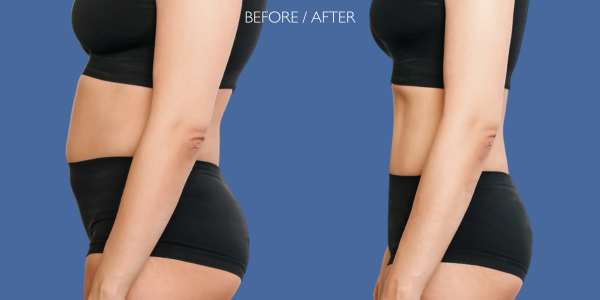

WHAT they say
Before the treatment I was always bullied about my lopsided face and bad skin condition. Thank you!
virginia hudson
Beauty has so many forms, and I think the most beautiful thing is confidence and loving yourself.
Kiesza
I had the most amazing experience, from the moment I walked in to the moment I walked out I was cared for with such compassion. All the nurses were amazing, they tucked me in bed, they poured my tea, I cannot fault them. It was like being looked after by family. My anesthetist and surgeon explained everything in detail, I knew exactly what to expect. I would definitely stay here again.
Laura
I was really pleased with the care and treatment that I received at Welbeck Hospital. My surgeon was kind and informative and explained the entire procedure to me. I recovered completely fast. I would recommend it to everyone.
Eva Elliot
FAQS
Liposuction and liposculpture are closely related procedures, but the main difference lies in their approach and goals. Liposuction typically focuses on removing excess fat from specific areas of the body to reduce volume and improve body contour. It is a technique aimed at fat reduction. On the other hand, liposculpture involves not only fat removal but also the artistic reshaping and sculpting of the treated areas to enhance natural contours and achieve a more sculpted appearance. Liposculpture aims to create aesthetic balance, proportions, and definition, going beyond simple fat reduction. It involves a more precise and detailed approach to fat removal and contouring to achieve a desired sculpted outcome.
It takes time for the swelling to fully subside and the body to heal after liposculpture. While some improvements may be noticeable immediately after the procedure, the final results become more apparent as the tissues settle and the swelling resolves. This process can take several weeks to a few months, depending on the individual and the extent of the procedure.
Liposculpture primarily targets excess fat deposits and may not effectively address significant loose or sagging skin. If you have significant skin laxity, your surgeon may recommend additional procedures such as a body lift or skin tightening techniques to address the excess skin and achieve desired results. It is important to discuss your concerns with your surgeon during the consultation to determine the most appropriate treatment plan for your specific situation.
The fat cells removed during liposculpture are permanently eliminated from the treated areas. However, it is still possible to gain weight in other areas of the body, which can affect overall body contour. To maintain the results, it is important to maintain a healthy lifestyle, including regular exercise and a balanced diet, to minimize weight fluctuations. Adhering to a consistent and healthy routine can help ensure long-lasting results.
No, liposuction is not intended as a weight loss method. It is best suited for individuals who are close to their ideal weight but have stubborn areas of fat that are resistant to diet and exercise.
The results of liposuction can be long-lasting, provided that you maintain a stable weight and a healthy lifestyle. While the fat cells removed during liposuction do not return, it is still possible to gain weight in other areas of the body.
Liposuction is not specifically designed to treat cellulite. However, it can improve the overall contour and smoothness of the treated areas, which may have a positive impact on the appearance of cellulite.
Yes, there are various liposuction techniques available, including traditional liposuction, tumescent liposuction, ultrasound-assisted liposuction (UAL), and laser-assisted liposuction (LAL). Your surgeon will determine the most suitable technique based on your individual needs and goals.







